Image Credit: Sunday Mood Bali
Contrast therapy, the deliberate alternation between heat exposure such as an infrared sauna and cold immersion such as a cold plunge or ice bath, has long been practiced in cultures around the world. What was once the domain of elite athletes, contrast therapy is now being embraced more widely as its benefits become better understood.
This practice is more than a trend, and its benefits can be enjoyed by anyone seeking to support circulation, accelerate recovery, and enhance both mental and physiological resilience.
Note: This article is for informational purposes only and not a substitute for medical advice. Please consult a healthcare professional before beginning any new wellness practice.
What Is Contrast Therapy?
Contrast therapy is the intentional use of heat followed by cold to create a controlled thermal challenge for the body. It can be practiced in many ways, including hot springs, steam rooms, traditional saunas, infrared saunas, heated pools, cold plunges, cold showers, natural oceans or rivers, and purpose built cold tubs or cryotherapy rooms. The specific tools matter less than the pattern of moving from warm to cool and sometimes repeating the cycle.
Purpose of the heat phase
The warm phase gently elevates core temperature, encourages vasodilation, increases circulation, loosens muscles, and promotes a calm restorative state. Many people find that heat time supports flexibility, relaxation, and a sense of mental ease. Infrared saunas and traditional saunas are common choices because they provide a consistent and comfortable environment for this effect.
Purpose of the cold phase
The cool phase rapidly lowers skin temperature, encourages vasoconstriction, and delivers a clean burst of alertness. This controlled cold exposure stimulates the sympathetic nervous system, increasing the release of noradrenaline and other neurotransmitters that can enhance focus, clarity, and emotional resilience. Short exposures may also reduce the perception of soreness after training, supporting both physical recovery and mental sharpness.
Purpose of combining heat and cold
Moving from heat to cold creates an alternating stimulus that trains the vascular system, challenges thermoregulation in a safe and deliberate way, and may build stress resilience over time. The cycle can support recovery, help many people feel refreshed and uplifted, and turn a simple session into a repeatable wellness ritual. While an infrared sauna paired with a cold plunge is a convenient and widely used combination, the same principles apply to any thoughtful sequence of warm exposure followed by cool exposure.
The Key Benefits of Contrast Therapy
Enhanced Circulation
The rapid shift from hot to cold causes blood vessels to expand and then contract. This cycle can train the vascular system, promoting improved circulation throughout the body. Better circulation supports nutrient delivery and cellular function, both of which are key to longevity and recovery.
Regular use of a sauna, particularly infrared, is associated with improvements in blood vessel flexibility and heart function. Adding a cold plunge enhances this effect by strengthening the body’s natural ability to regulate temperature and blood flow.
Recovery and Inflammation Management
Cold exposure is widely used to reduce muscle soreness and inflammation following intense activity, supporting faster recovery and helping to protect against overuse injuries. Heat exposure complements this by loosening muscles, increasing blood and oxygen flow, and activating heat shock proteins that promote cellular repair.
When combined, these modalities can offer greater benefits than either alone. Heat helps flush metabolic waste and improve tissue elasticity, while cold helps modulate inflammation, calm the nervous system, and support recovery from minor strains or tissue stress.
Building Stress Resilience
Both hot and cold exposure are forms of controlled stress that encourage the body to adapt. This mild challenge is called hormetic stress, and it can help strengthen the body’s natural resilience.
Cold immersion increases the release of norepinephrine, which promotes alertness and focus, while sauna use supports deep relaxation and parasympathetic recovery. Together, these contrasting experiences help balance the nervous system and may contribute to improved mood, focus and sleep quality.
Longevity and Wellbeing
Long-term studies on traditional sauna use show a correlation between frequent sauna sessions and reduced cardiovascular and all-cause mortality risk. While data on cold immersion is newer, early research suggests benefits for circulation, immune function and stress resilience.
Regularly combining infrared sauna sessions with cold plunges aligns with a growing lifestyle philosophy: supporting health and longevity not through extremes, but through consistent, intelligent exposure to beneficial stressors.
How to Practice Contrast Therapy
There is no one-size-fits-all protocol, but general guidelines can help you begin safely and effectively.
Step One: The Sauna Phase
Infrared saunas typically operate between 45 and 60 degrees Celsius. Begin with 15 to 20 minutes and gradually increase to 30 minutes as your tolerance improves.
Your core temperature will rise, your heart rate will gently increase, and you will begin to sweat - all signs that the body’s natural detox and regulation systems are active.
When it comes to deciding whether to sauna before or after your cold plunge, we generally recommend starting with the sauna. Warming the body first helps you ease into the cold phase more comfortably and makes the overall experience more effective.
Step Two: The Cold Plunge Phase
A cold plunge between 10 and 15 degrees Celsius is ideal for most people. Beginners can start at higher temperatures and shorter durations, one to two minutes, and gradually build to three to five minutes.
The goal is not endurance but activation. As you step in, breathe deeply and stay calm. The body’s immediate cold shock response will pass within 30 seconds, leaving a clear, alert state that many find invigorating.
Step Three: Repetition and Routine
Once you are comfortable, you can alternate between sauna and cold plunge two or three times per session. Many experts suggest aiming for around 11 minutes of cold exposure and 57 minutes of heat per week.
You can finish with either the sauna or the cold plunge depending on your goal. Ending on cold tends to feel more refreshing, while ending with warmth promotes relaxation and sleep readiness.
Frequency and Lifestyle Integration
For general wellness and longevity, two to three sessions per week are sufficient. More frequent use is possible if your energy and recovery remain strong.
-
Before workouts: Sauna use can loosen muscles and improve flexibility.
-
After workouts: Cold plunges may reduce soreness and help with recovery.
-
For relaxation: Sauna before bed can support deeper rest, but avoid cold immersion immediately before sleep if it is stimulating.
The most important factor is consistency. Regular exposure to controlled heat and cold provides more lasting benefits than occasional extremes.
Safety and Who Should Avoid It
Contrast therapy is safe for most healthy adults, but certain individuals should use caution or avoid it altogether.
-
Those with cardiovascular conditions or high blood pressure should seek medical clearance.
-
Pregnant individuals should avoid extreme heat or cold unless specifically advised otherwise.
-
Anyone on medications affecting blood pressure or temperature regulation should consult a healthcare provider.
-
People new to heat or cold exposure should begin with milder temperatures and shorter durations.
Always listen to your body. Dizziness, nausea or excessive fatigue are signs to stop immediately. Hydration before and after each session is essential.
Practical Example Routine
-
Hydrate well before starting.
-
Infrared Sauna: 20 minutes at 50 to 55°C.
-
Cold Plunge: 2 minutes at 12 to 15°C.
-
Repeat once if desired.
-
Finish with cold for alertness or with heat for relaxation.
-
Rest and rehydrate afterward.
The Clearlight® Approach to Contrast Therapy
Clearlight® Saunas combine cutting-edge infrared technology, low EMF and ELF heaters, and elegant craftsmanship to create a safe and premium environment for restorative heat sessions. When paired with a quality cold plunge, this combination offers one of the most effective and enjoyable wellness rituals for recovery and longevity.
It is a ritual that unites science, comfort and longevity - and an investment in wellbeing that lasts a lifetime.


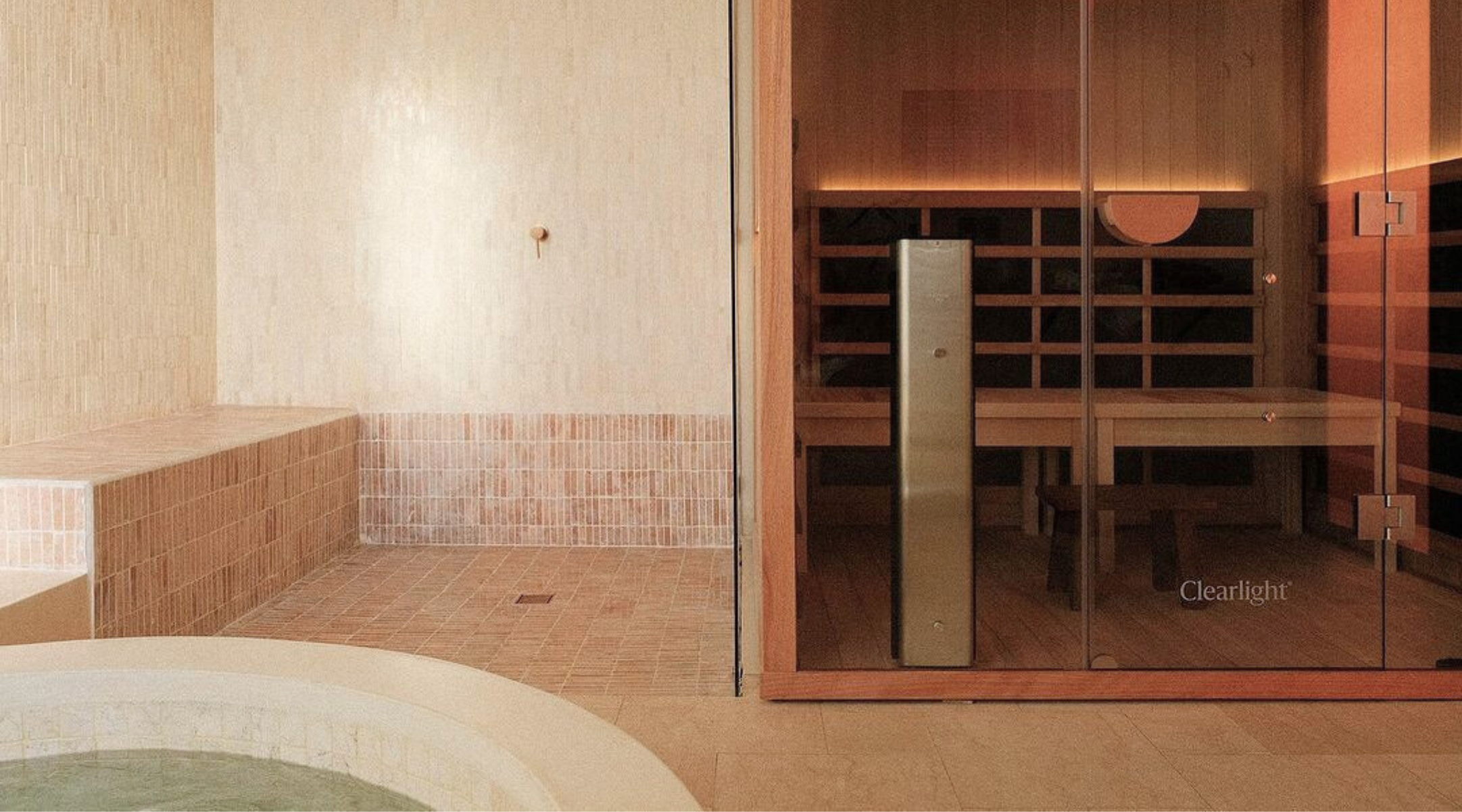
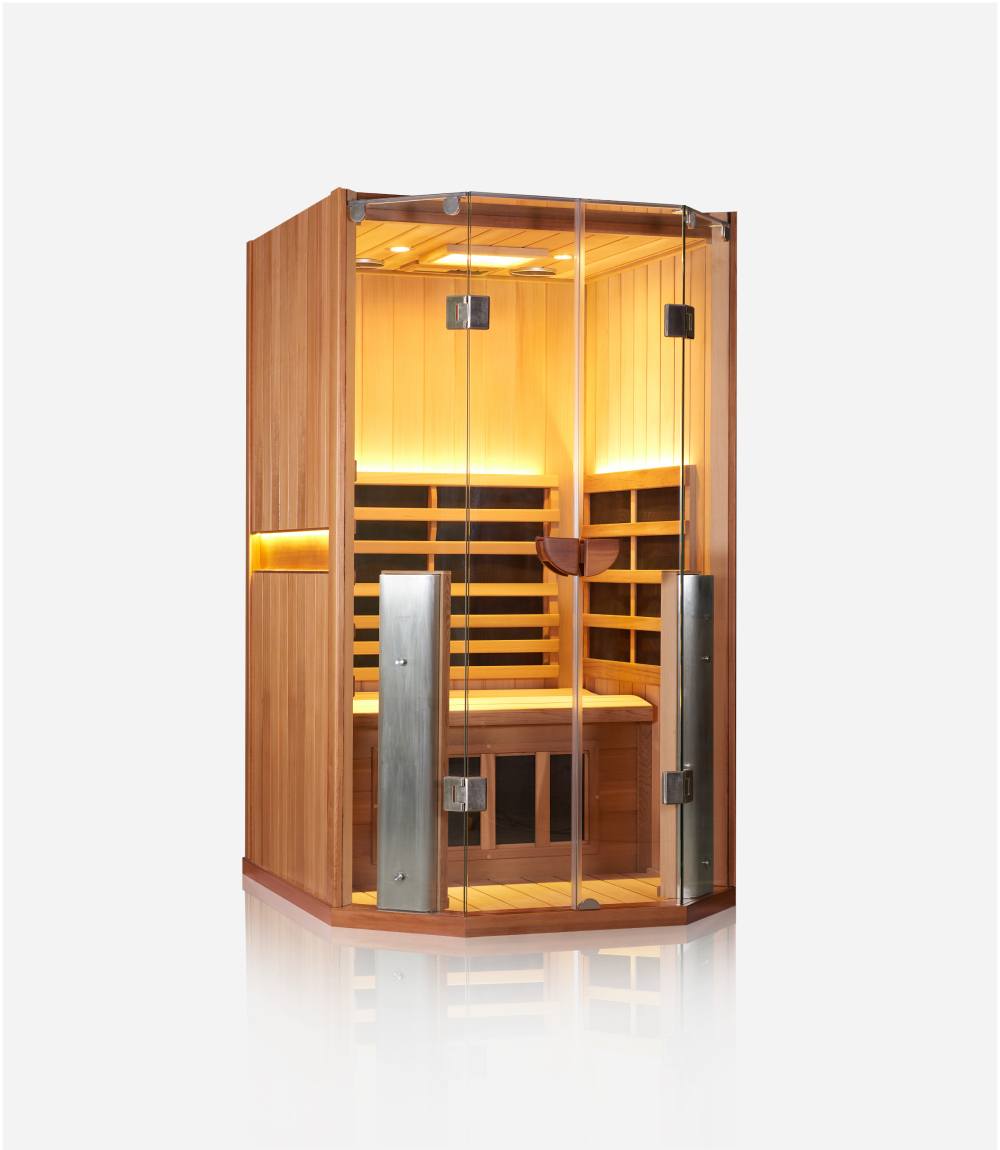

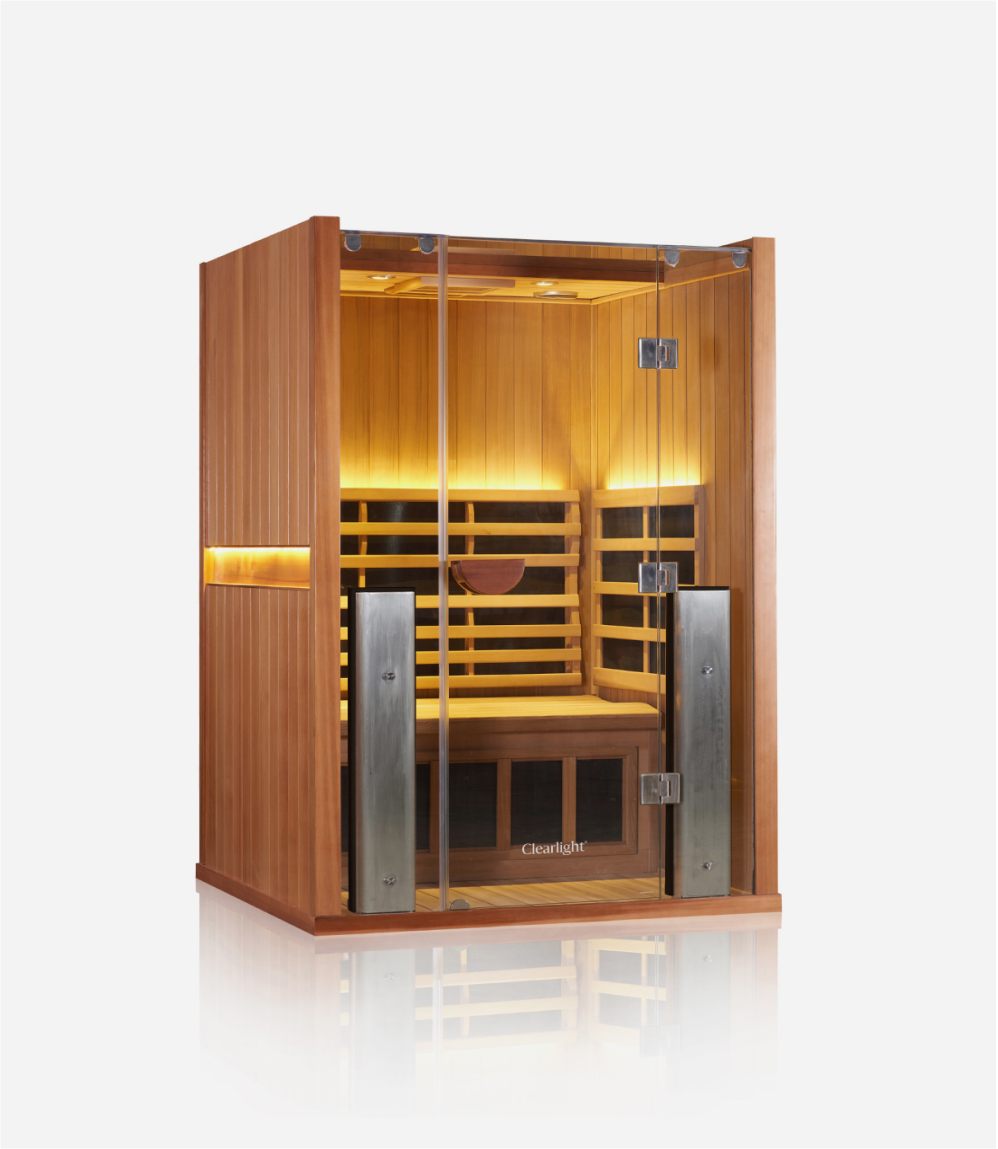
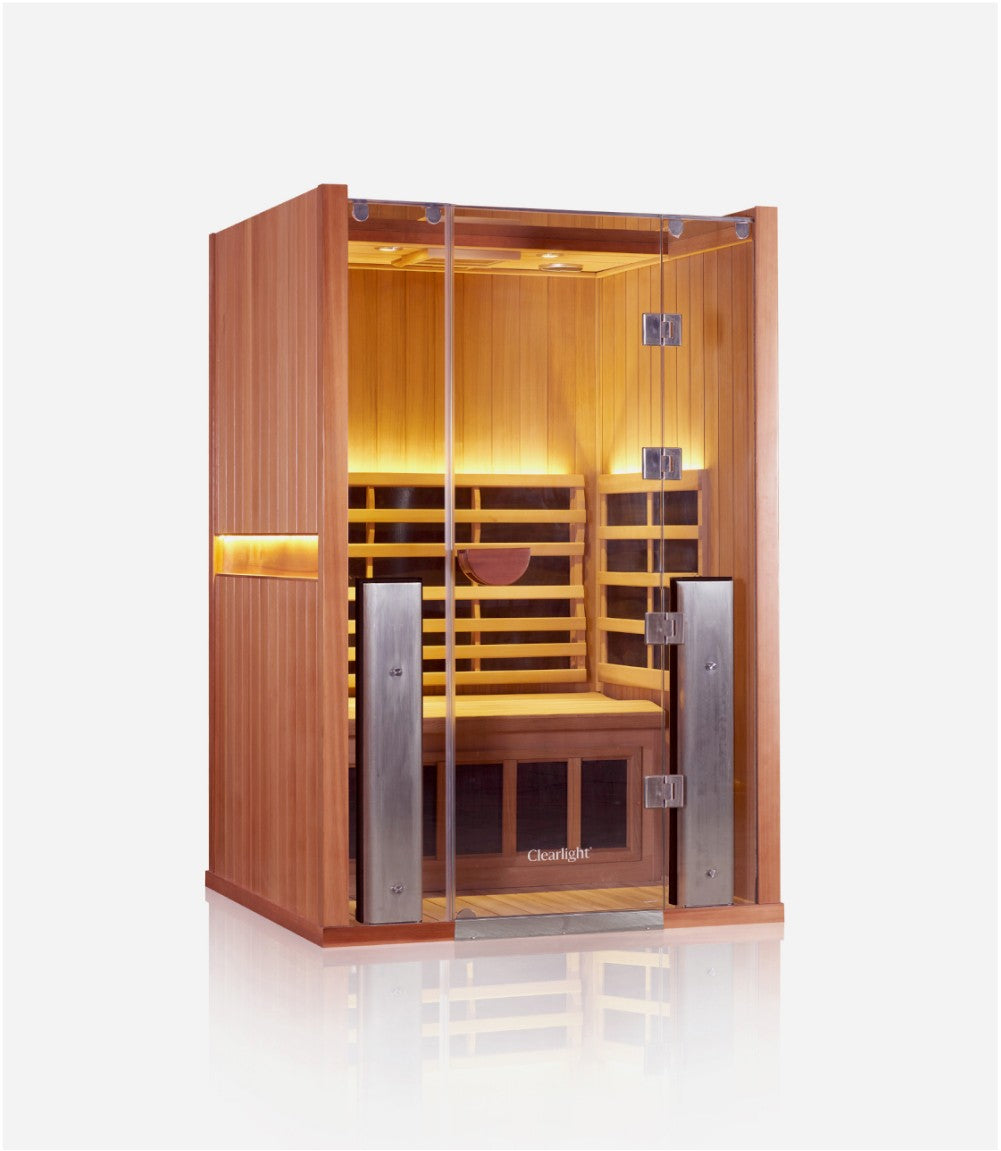
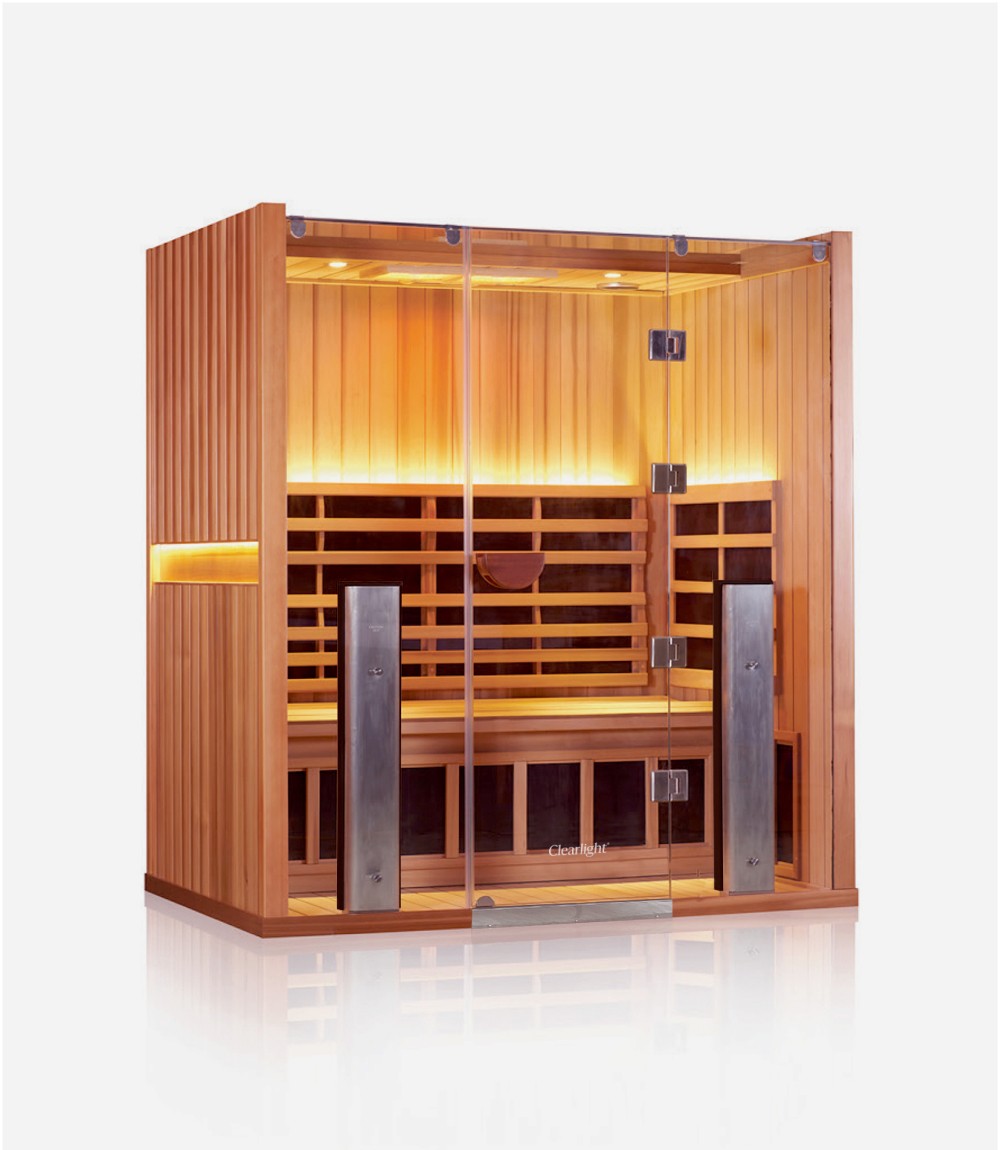


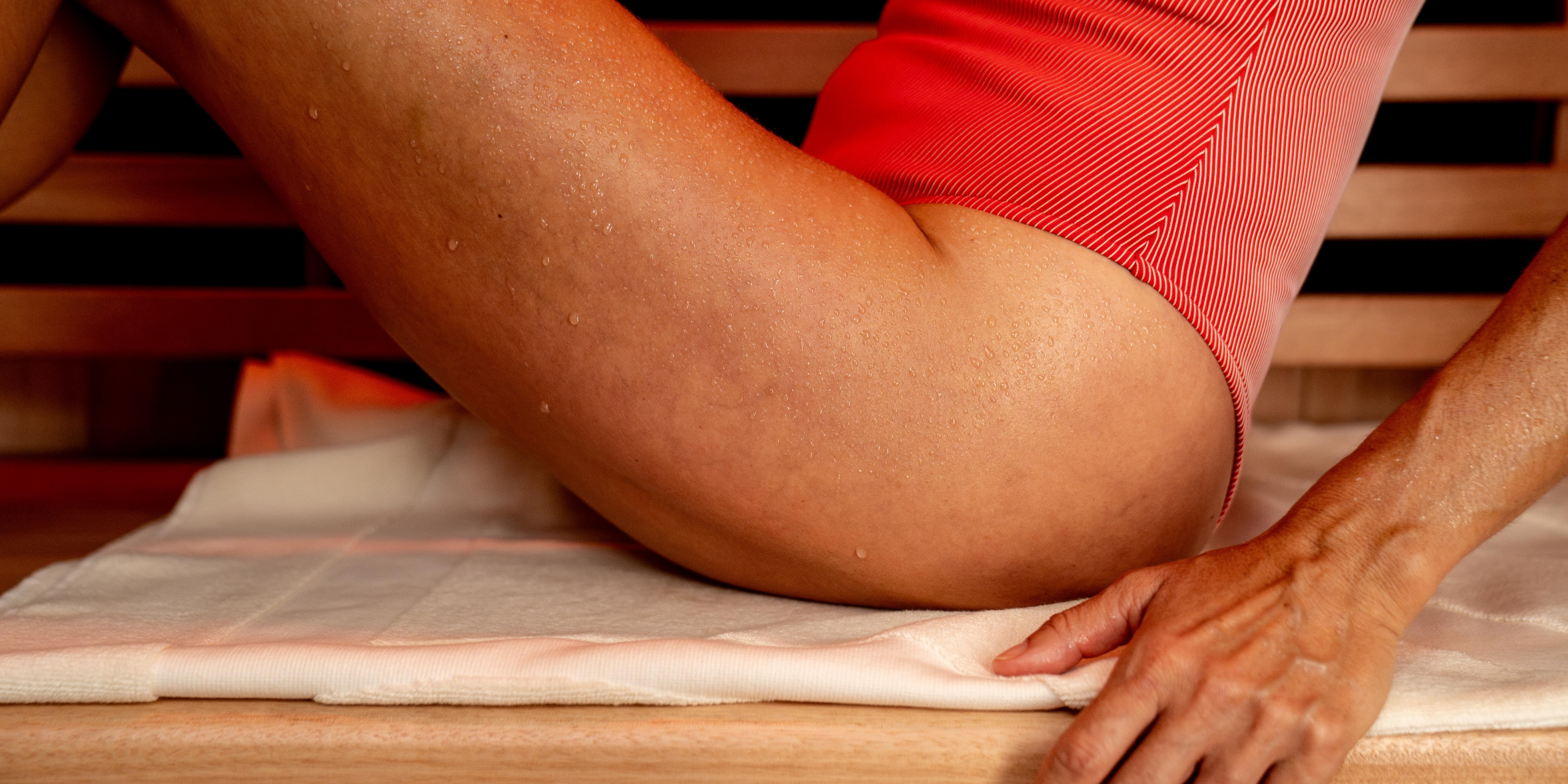
Raise the Heat, Boost the Burn: Metabolic Benefits of Infrared Sauna
How Infrared Heat and Red Light can Enhance Longevity: Mark Bouris Podcast with Clearlight® CEOs